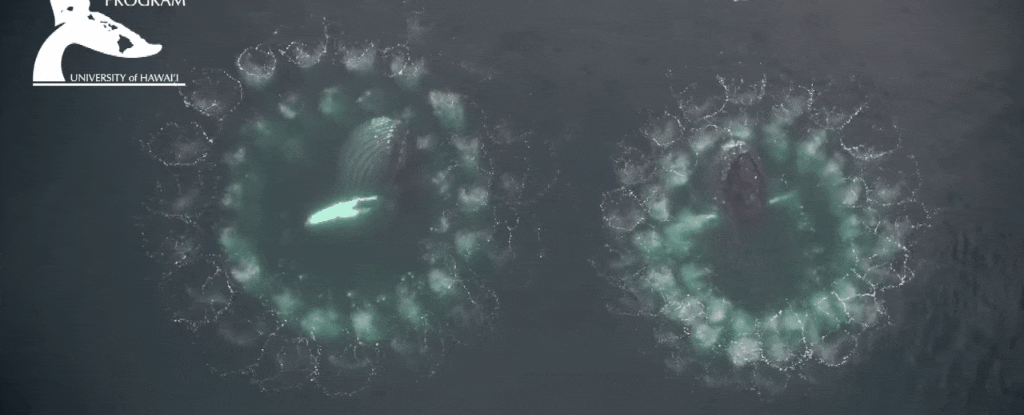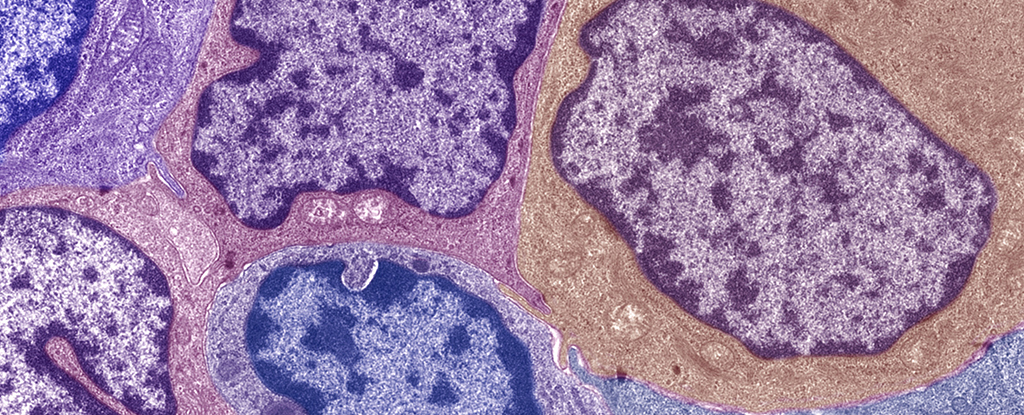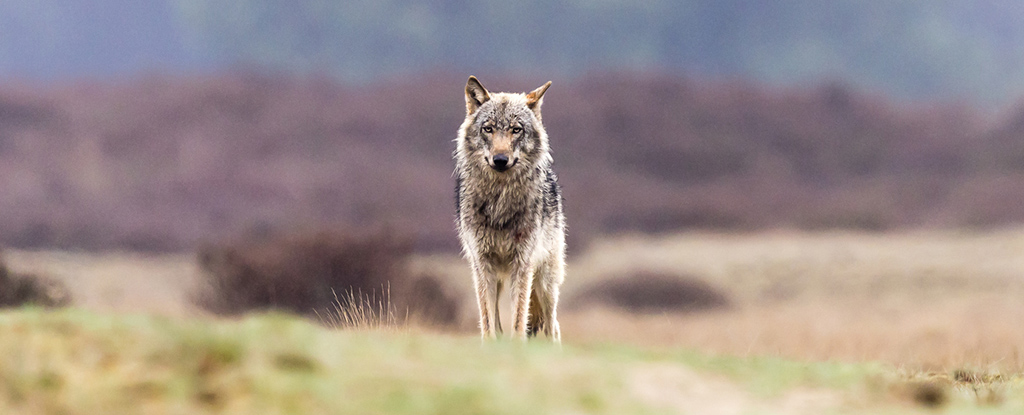The bubbles blown by humpback whales to confuse and snare their tiny prey should be classified as tools.
That’s the recommendation made by scientists observing these amazing marine mammals in Alaskan waters, manipulating their environment to maximize their chances of survival.
And an in-depth study, using cameras that give a whale’s-eye view of proceedings, has shown that the whales (Megaptera novaeangliae) don’t just blow random bubbles. They tweak them and guide them to make sure that they catch the most food possible.
“We discovered that solitary humpback whales in southeast Alaska craft complex bubble nets to catch krill, which are tiny shrimp-like creatures,” explains marine biologist Lars Bejder of the University of Hawaiʻi at Mānoa.
“These whales skillfully blow bubbles in patterns that form nets with internal rings, actively controlling details like the number of rings, the size and depth of the net, and the spacing between bubbles. This method lets them capture up to seven times more prey in a single feeding dive without using extra energy.”
This impressive behavior places humpback whales among the rare group of animals that both make and use their own tools for hunting.
There is a lot riding on the krill hunts that take place in Alaskan waters during the summer and fall. Winter is the whales’ calving season, and many of the North Pacific humpbacks migrate to the warmer waters near Hawaii to birth and raise their young.
During this time, the adults don’t eat, so they need to make sure that they get enough food during the feeding season to see them through.
frameborder=”0″ allow=”accelerometer; autoplay; clipboard-write; encrypted-media; gyroscope; picture-in-picture; web-share” referrerpolicy=”strict-origin-when-cross-origin” allowfullscreen>
Their method for corraling the krill (Euphausiacea) is startling in its ingenuity. The whale will dive deep, swimming in a ring around a shoal of prey, blowing bubbles as they go. The rising ring forms a sort of cylindrical wall around the prey, preventing them from scattering as the whale, mouth agape, swims up from below. For the krill, there’s nowhere to go but down that gaping maw.
This hunting strategy also appears to be a learned behavior. Not all humpback whales hunt this way, and there appear to be different strategies for doing so. And it can be done cooperatively, with the whales working together to make sure everyone gets a meal.
To better understand the ins and outs of the foraging behavior of solitary humpback whales off the coast of Alaska, researchers used drones to film overhead as the whales blew their bubble nets. And, to see what the whale actually does under the water, the researchers equipped them with cameras and sensors, attached using harmless, non-invasive suction cups.
They managed to document 83 bubble nets produced by solitary whales. The resultant data allowed the researchers to study the shape and size of, and distance between, the bubbles in a bubble net, and analyze the effects these parameters have on the rate of prey intake.
From the sensors, the team was also able to study breath rates, lunge kinematics, and dive behavior to study the energy cost of building a bubble net. The results suggest that the bubble nets maximize the amount of prey the whale can catch and eat, without any additional energy cost.
And the nets, the researchers say, meet the criteria for tool manufacture and use.
“Bubble-nets are unattached and employed externally by the whales. The large number of individual whales we observed using bubble-nets and the tight temporal coupling of net deployment with lunging strongly support the argument that bubble-nets confer a benefit to foraging whales,” they write in their paper.
“Furthermore, that there is consistency between individuals in several key, yet modifiable structural components of the nets they produce, suggests that whales exert control over the nets’ three-dimensional form to optimize that benefit.”
These findings suggest that humpback whales can be counted among the animals that make and use tools, such as crows, parrots, orangutans, and chimpanzees.
“Many animals use tools to help them find food, but very few actually create or modify these tools themselves,” Bejder says.
“There is also data coming in from humpback whales performing other feeding behaviors, such as cooperative bubble-netting, surface feeding, and deep lunge feeding, allowing for further exploration of this population’s energetic landscape and fitness.”
frameborder=”0″ allow=”accelerometer; autoplay; clipboard-write; encrypted-media; gyroscope; picture-in-picture; web-share” referrerpolicy=”strict-origin-when-cross-origin” allowfullscreen>
Knowing how the whales hunt and forage is critical to their ongoing survival. Although humpback whale population numbers rose after commercial hunting of the species was banned in 1985, and the cetacean is no longer considered threatened or endangered, a study published earlier this year found an alarming decline in their numbers between 2012 and 2021.
Studying their foraging strategies will help efforts to conserve their feeding grounds.
“What I find exciting is that humpbacks have come up with complex tools allowing them to exploit prey aggregations that otherwise would be unavailable to them,” says marine biologist Andy Szabo of the Alaska Whale Foundation. “It is this behavioral flexibility and ingenuity that I hope will serve these whales well as our oceans continue to change.”
The research has been published in Royal Society Open Science.





